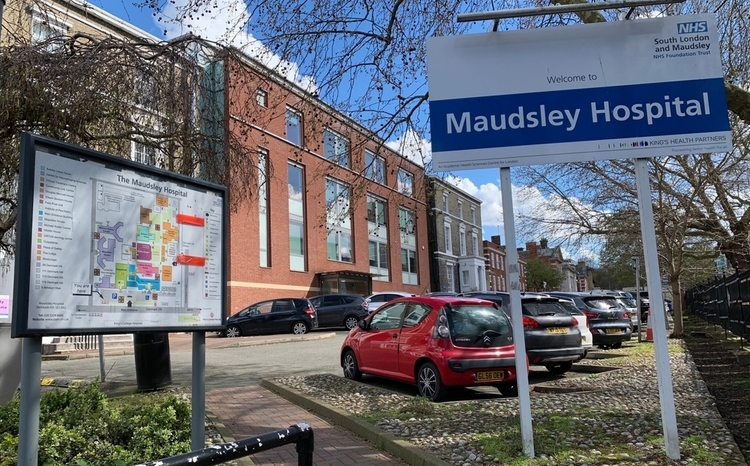System failure
- 7 November 2006

The use of paper-based systems for out-of-hours care and the financial pressures out of hours services face to fund IT upgrades have been highlighted following the case of a patient who died after speaking to eight different out of hours doctors over a bank holiday weekend.
Penny Campbell, a journalist, died after a series of doctors from the Camidoc out of hours service in north London failed to diagnose that she was developing septicaemia following an injection for haemorrhoids.
It became clear at the inquest that Campbell’s care had been based on a series of handwritten clinical notes rather than an electronic record system which, with the benefit of hindsight, could have alerted doctors to Campbell’s consultation history over a four day period.
Coroner Andrew Reid ruled at the inquest that while there had not been a gross lack of medical attention, crucial clinical information had been missing and "was not always readily available to the last doctor in the chain."
Reid has now taken the unusual step of notifying health secretary Patrician Hewitt of the case the and is thought to have been keen for the health department to check on how out-of-hours care is operating in England including the status of out of hours information systems.
Michael Golding, chief executive of Camidoc, this week told EHI Primary Care that Camidoc is now taking part in an independent inquiry into the events surrounding the death of Penny Campbell and the impact that access to information may have had on the clinical decisions that were made by the Camidoc GPs will be looked at.
He said that although Camidoc had been using the out-of-hours information system Adastra since 1998 it was primarily a call management system rather than a clinical system and that clinical notes were entered by hand on printed call sheets.
He added: “Additional functionality became available within version 2 which allowed clinicians to type their notes within a freetext box. We considered using this function when it became available but decided that there were disadvantages in making this change that outweighed the advantages. We took the view that it was better to continue with our existing configuration and wait for v3 which we felt was a true clinical system and which we expected to become available very shortly.”
Camidoc switched to Adastra version 3 in November last year, eight months after Campbell’s death.
Golding added: “I believe that the Adastra system we had in place at that time was as good as it could be and that the version 3 that we are now running is considerably better. This is a reflection on the evolutionary process of systems and services whereby they are continually improved.”
Lynn Woods, managing director of Adastra which is used by 68 of the 70 operation hubs in England, said that it was grossly unfair to implicate Adastra in the Campbell case. He told EHI Primary Care that although at the time of Campbell’s death version 2 was in the process of being replaced across the UK by version3, it was nevertheless “an accomplished and widely-deployed system” which had been used to manage about 60 million patient encounters without a single adverse event.
He added: “Camidoc was only using Adastra to generate encounter forms. There were no terminals in consulting rooms. Clinicians were not working from screen at all. The capacity of a single sheet of A4 inevitably limited the amount of recent case information presented on each of the succeeding encounter sheets.
"The best the software could do was to flag on the encounter form that there had been a previous case for this patient within the last four days. That it did, but over a busy holiday weekend duty doctors were faced with high demand and didn’t have the time to trawl for the previous encounter forms to see what colleagues had concluded. So it followed that the doctors responding to this patient managed each episode in isolation and it would seem without recognising the emerging pattern.”
The wider issue that has highlighted by the Campbell case is the problems out-of-hours services face funding IT upgrades. Woods said that although the upgrade from version2 to version 3 was free there are still infrastructure costs to be met.
He added: “Like most of the old GP co-operatives which formed the core of the post-contract network of out-of-hours services, Camidoc had to somehow balance a not-for-profit business footing with the need to generate tens of thousands for a next generation IT upgrade. However Adastra might try to smooth the upgrade path for its customers there are still infrastructural costs to be met, and these sums take some finding unless commissioners are prepared to help.”
Adastra says that more than 90% of UK services using Adastra are now converted to version 3, and most of those still on version 2 do now have their clinicians working from on-screen information rather than an encounter form.
Sadly for Campbell and her family, Camidoc’s upgrade to Adastra version 3 came too late to help her. Woods adds: “Frankly, there but for the grace of God went a great many other out-of-hours services whose clinicians were still operating from paper as recently as last year."




